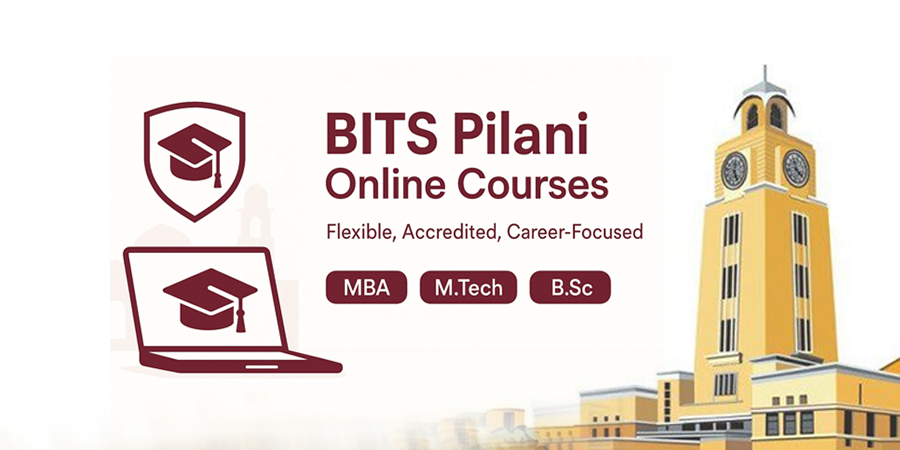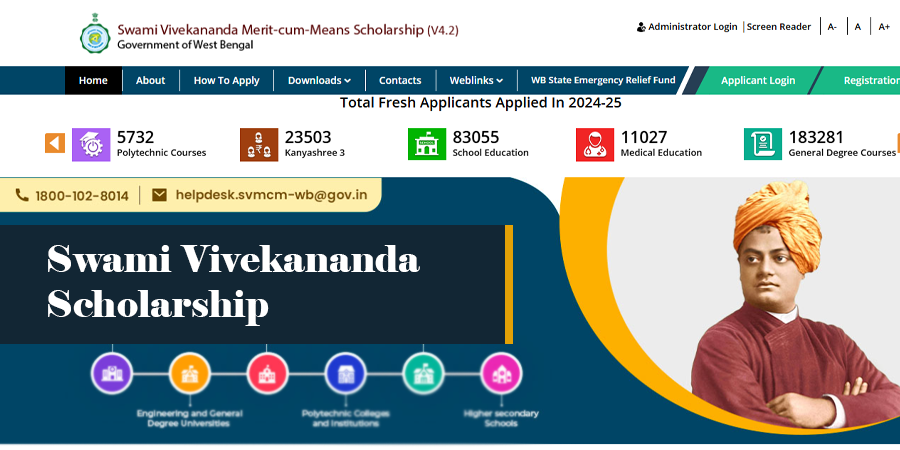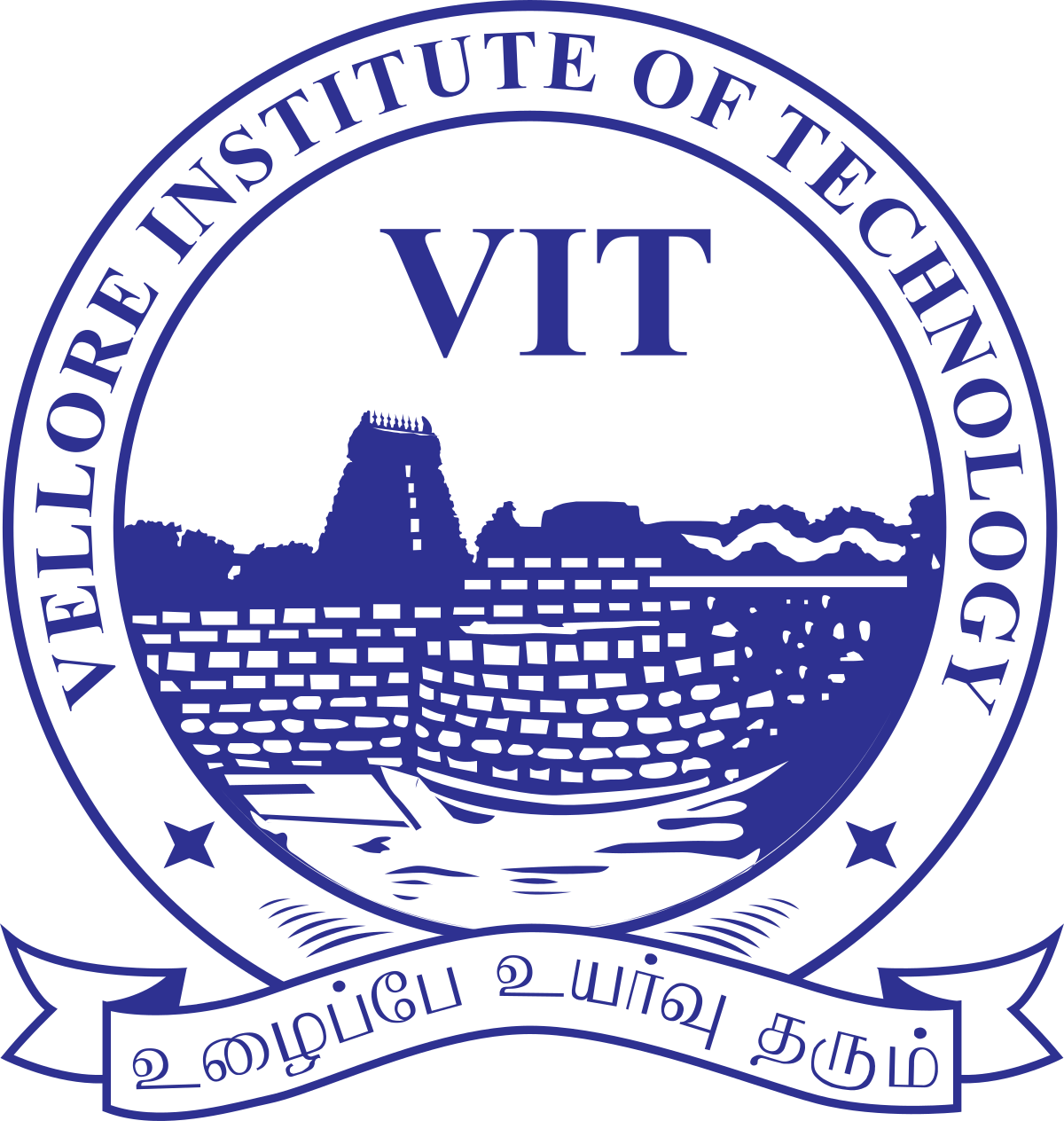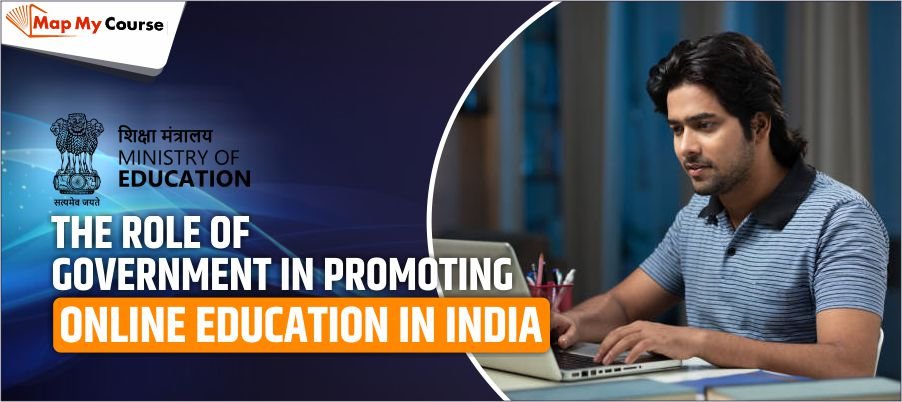The Indian government has played an important role in making online education accessible across the nation. Especially after the Covid-19 pandemic, it has recognised the need for online learning and work to make the digital infrastructure strong by providing internet access with affordable data in every corner.
Its efforts don’t stop here; to make education accessible to all, especially in rural areas, it runs many digital learning platforms and schemes to promote online learning. Additionally, by offering some resources and creating opportunities for both students and teachers government is making online education a reality.
Today, let’s discuss more about the role of government in promoting online education in India and what challenges it faces while implementing online education in India. Also, we will look at the future of Online education in India.
Top Government Schemes Supporting Online Education in India
Below are the Top Government Schemes Supporting Online Education in India:
PM eVidya
PM eVidya is a government program was launched in the year 2020. It helps students continue their education from home in an online mode. It was started during the COVID-19 pandemic to make sure every child, even in remote areas, can study and gain knowledge.
The main feature of PM eVidya is that it offers TV channels for each class from 1 to 12, so even if a student don’t have any internet or smartphones can also learn from it. It also shares lessons through radio and online platforms, making education easy to access for all.
DIKSHA
DIKSHA is also known as “Digital Infrastructure for Knowledge Sharing”. It is a national platform specially designed to enhance school education. It provides digital resources for learning, including e-textbooks, videos, audio, and courses for teachers, students and parents.
DIKSHA is a collaborative initiative of the Ministry of Education and the National Council for Educational Research and Training (NCERT) to offer a one-stop digital platform for school education.
e-Pathshala
e-Pathshala is a digital platform is designed and developed by NCERT and the Ministry of Education to provide study materials easily to the students and teachers. Also, it works on mobile phones, tablets and computers. It is a multilingual platform helpful for learners from different states of the country.
By offering quality educational content at of cost, the platform is helping millions of Indian students to learn at their own pace and convenience by supporting both self-study and classroom learning.
Digital Shaksharta Abhiyan
Digital Shaksharta Abhiyan, also known as DISHA or PMGDISHA (Pradhan Mantri Gramin Digital Saksharta Abhiyan), is a government program launched to make the people living in rural areas digitally literate by offering computer knowledge and developing digital skills.
It mainly focuses on women, farmers, senior citizens and youth of the village who need help while using the technology in their daily lives. This program plays an important role in creating a digitally ready India where every citizen, including students, can get benefit from online education.
MOOC
The full form of MOOC is Massive Open Online Course. A MOOC is an online course available for all with an active internet connection. It is beneficial for many students from all over the world, as they can learn many courses from it.
The MOOC courses are available on the internet, and many students at a time can attend the course. All the courses are offered with the partnership of top universities and online platforms like Coursera and edX. It gives students an access of high-quality courses from across the globe and makes the learning experience rich and diverse.
SWAYAM
SWAYAM is an online platform by the Indian government that offers free courses for school and college students. These courses include video lessons, study materials, tests, and discussion forums. Students can learn at their own pace, and if they want a certificate, they can pay a small fee and take an exam.
All the courses are of high quality, as they are all created by top Indian institutions and expert faculty.
CEC
The CEC is created by the UGC to support learning with the help of videos, TV-based content. It is mainly for college students, as it creates educational videos on different subjects. It helps those students who can’t afford expensive books or coaching, making learning easy and affordable.
CEC (Consortium for Educational Communication) usually works with many universities to produce quality content in both languages, Hindi and English. These videos are easily on platforms like SWAYAM and YouTube.
VidyaDaan
VidyaDaan is a digital program started by the government of India to encourage people to share quality educational content. Teachers, schools, and even private organizations can contribute videos, notes, and other study materials through this platform. This helps students get useful learning resources in different languages and formats.
Every content is reviewed before being shared with students across the country through platforms like DIKSHA. VidyaDaan plays a helpful role in bringing good-quality content from many sources into one place, making it easier for students to study from home.
Why Online Education Is Important for India’s Future?
- Reaches Every Corner of the Country
Online education helps students living in remote areas to get access to quality education. It removes the distance barriers as anyone can attend the online classes with the help of computers, even with a mobile phone.
- Supports Flexible Learning
Online learning supports flexible learning so that every student can study at their own pace and at a suitable time. Working professionals often find it helpful because they can manage their work with studies.
- Reduces Education Costs
Many online courses are free of cost and available on different platforms like SWAYAM, CEC and Coursera like websites. It helps students to save money they probably have spent on travelling, books and coaching classes.
- Builds Digital and Career Skills
Online platforms also offer skill-based courses in areas like coding, business management, web development, software development and many other fields. These types of courses prepare students for trending jobs and help them to be ready for future career demands.
- Encourages Lifelong Learning
The online education is not limited to school or college education; instead, people of all ages can take a new course, learn about new things and develop skills for career growth.
- Makes Education More Inclusive
Online learning also helps students with disabilities, those having health problems, or other challenges; it gives them a chance to continue their education from home, in a way that suits their needs.
Objectives of Online Education in India: What Are We Trying to Achieve?
Below is the Objectives of Online Education in India:
- Provide Equal Access to Education
One of the main aims of online education is to make sure that every student, it doesn’t matter if he/she is from a village or a city, gets access to quality education. Online education wants to bridge the gap between different regions and communities.
- Improve Quality of Learning
With the help of recorded lectures and interactive learning sessions, online education wants to offer better learning materials to students from all levels, whether they are in school, college or enrolled in any skill-based course.
- Promote Digital Literacy
Online education also wants to increase digital literacy among students. This is the need of today’s time, where many jobs require basic knowledge of computers and tech skills.
- Support Skill Development
It supports skill development by offering courses in areas like computer science, marketing, data analysis and in more fields. These online courses help students to learn job-ready skills and lead a better career opportunities.
Challenges In Implementing Online Education In India
- Poor Internet Connectivity
While the government is working on providing quality education to everyone through online mode, but still, there are still many areas, especially in rural and remote areas, that are left without a proper and stable internet connection, resulting, students can’t attend online lectures easily.
- Lack of Digital Devices
In today’s time, many students still don’t have smartphones, tablets and computers at home to attend online classes. Even if it is available, it may be shared by the whole family.
- Low Digital Literacy
Not everyone is comfortable using digital tools. Many individuals still find it hard to log in to the platforms and download materials, and attend online sessions.
- Language Barriers
While most of the online content is available in English or Hindi. Students from different states may face difficulty while comprehending if the study material isn’t available in their local language.
- Less Interaction
Online education primarily lacks face-to-face interaction. Face-to-face interaction helps students ask questions, stay motivated, and get personal guidance from teachers.
Also Read Our blogs
Last Words
The role of government in promoting online education in India is very important as it has made a big difference in how learning is delivered to the students. The Indian Government has launched many portals and schemes like SWAYAM, PM eVidya, DIKSHA, and many others, to make education accessible to every corner of the country.
These efforts are especially helpful for students residing in rural areas with limited access to quality education. Free online courses, learning materials, and support from trained teachers have opened new doors for many learners.
While offering quality education to everyone government has faced some challenges, like internet access and digital devices, the government’s continued support is slowly helping to bridge the gap.
Frequently Asked Questions
Q1. What is the role of government in promoting online education in India?
Ans. The government plays a major role by launching platforms like SWAYAM, DIKSHA, and PM eVidya to make quality education available online for all.
Q2. Are government online education platforms free to use?
Ans. Yes, most platforms like SWAYAM and DIKSHA offer free access to study materials, video lessons, and practice tests.
Q3. Can students from rural areas benefit from online education?
Ans. Yes, with growing internet access and government efforts, more rural students are now able to learn online, though challenges like internet speed and devices still exist.
Q4. What is SWAYAM?
Ans. SWAYAM is a government-run online learning platform offering free school and college-level courses created by top Indian institutions.
Q5. Will online education replace traditional classrooms?
Ans. Online education won’t fully replace classrooms, but it will continue to grow alongside them as a helpful and flexible learning method.


















